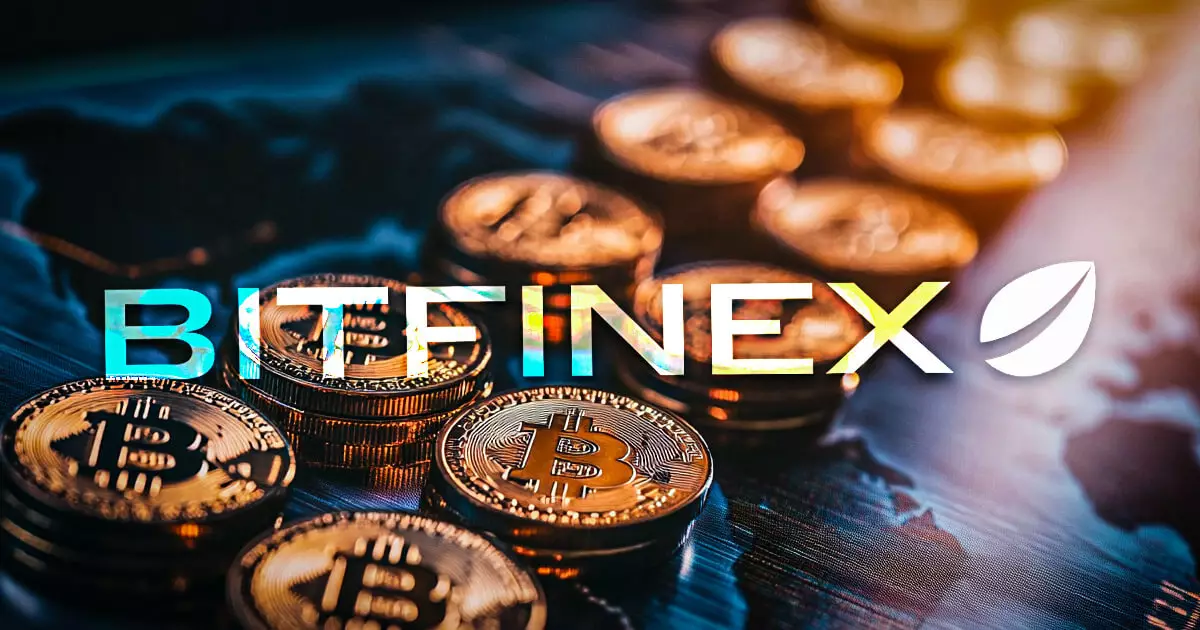In 2016, the cryptocurrency platform Bitfinex experienced a catastrophic security breach that resulted in the theft of nearly 120,000 Bitcoin (BTC), leading to a significant loss for its users and raising questions about the safety protocols in place at cryptocurrency exchanges. This incident not only highlighted vulnerabilities in the digital currency landscape but also triggered a series of legal and financial ramifications that continue to unfold. Recently, a significant ruling by the US government to return 94,000 BTC seized in connection with this hack could pave the way for restoring some trust in the cryptocurrency sector and signal a change in the way authorities handle digital currency crimes.
The recent decision to return a substantial sum of Bitcoin to Bitfinex reflects an evolving perspective among law enforcement agencies regarding cryptocurrency crimes. The ruling was premised on the determination that the exchange was the sole recognized victim of the offense, substantiating its claim to the assets seized from the “Bitfinex Hack Wallet.” This marks a notable deviation from the previous treatment of such cases, as it emphasizes the recognition of victimhood in a landscape where traditional notions of liability and ownership sometimes seem blurred. The case of Ilya Lichtenstein and Heather Morgan, the duo convicted for laundering the stolen cryptocurrencies, underscores the complexities involved in digital asset crimes.
The restitution of Bitcoin to Bitfinex carries substantial implications. It not only allows the exchange to recover a significant amount of assets, but it also serves as a cautionary tale for hackers and those entangled in cryptocurrency crime. More importantly, the decision prevents the assets from being reallocated to unknown victims, an aspect that could have had far-reaching repercussions in the ever-evolving cryptocurrency ecosystem. By retaining these assets within the realm of the exchange, authorities signal their commitment to safeguarding the integrity of cryptocurrency platforms and ensuring restitution flows directly back to legitimate businesses.
For Bitfinex users who suffered losses due to the hack, the return of Bitcoin is a positive development; however, it raises questions regarding the extent of restitution that will actually translate into monetary recovery for those affected. During the aftermath of the breach, Bitfinex had to reduce user balances by 36% and introduced a token called BFX for compensation. Although the exchange managed to redeem all BFX tokens by April 2017, the complexity of cryptocurrency transactions and asset recovery may still pose challenges. Furthermore, Bitfinex’s recent initiatives, including the allocation of funds to UNUS SED LEO token holders, may impact how compensation is distributed in the long run.
As the complexities of cryptocurrency continue to unfold, the governmental response to incidents like the Bitfinex hack hints at a shift towards more robust regulatory frameworks. With the rise of digital currencies outpacing legal responses, the urgency for clear regulations is more pronounced than ever. The handling of the Bitfinex case could serve as a precursor to how similar cases will be navigated going forward, potentially dictating the parameters for future legal action involving cryptocurrencies. For the stakeholders involved, including exchanges, users, and regulators, the path forward must tread carefully between innovation and safety, ensuring that digital currencies can thrive in a secure environment.


Leave a Reply